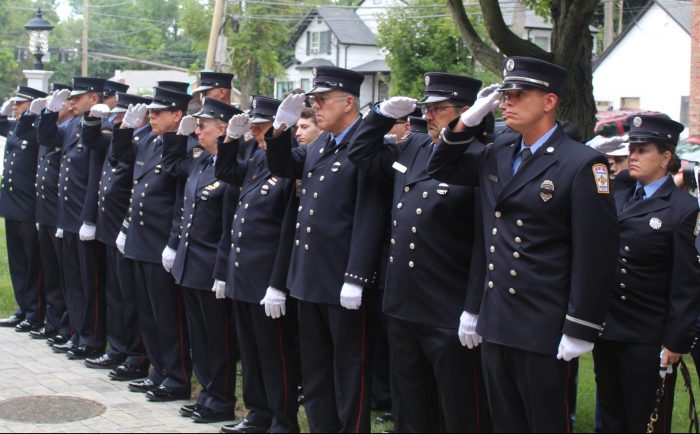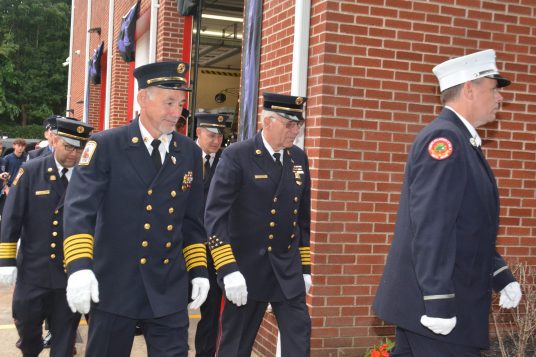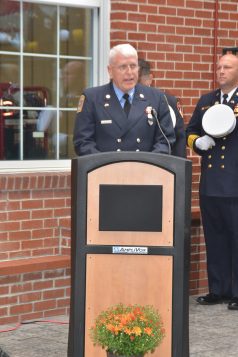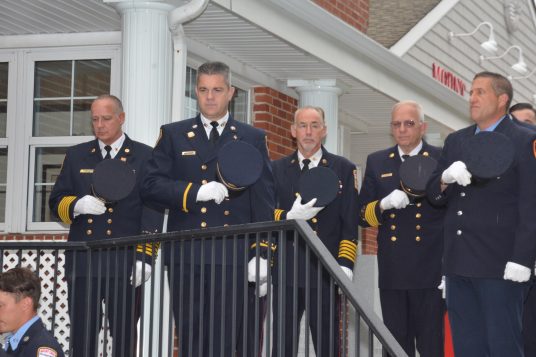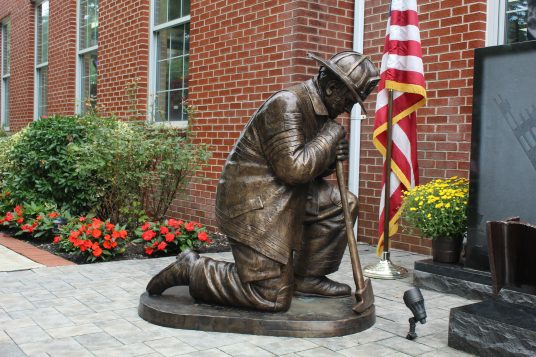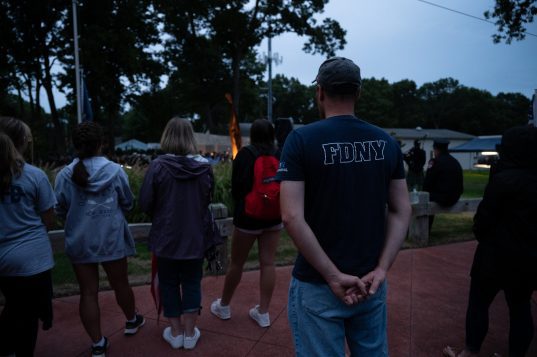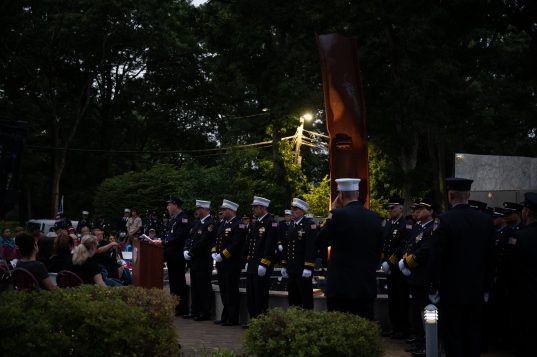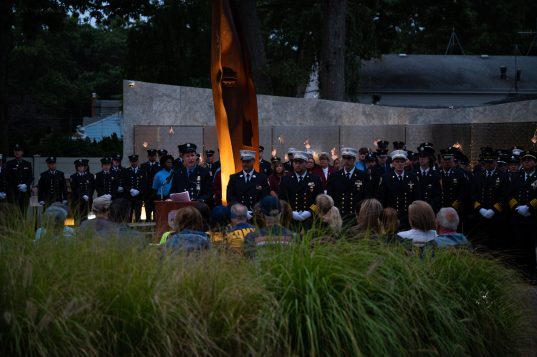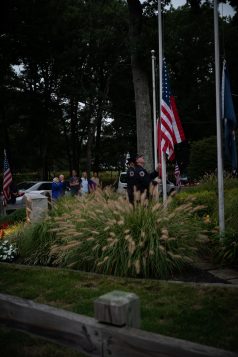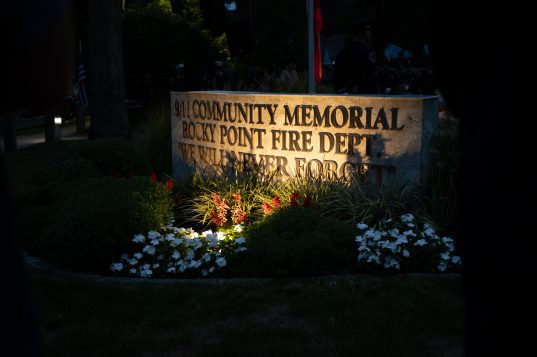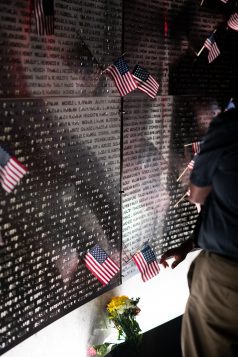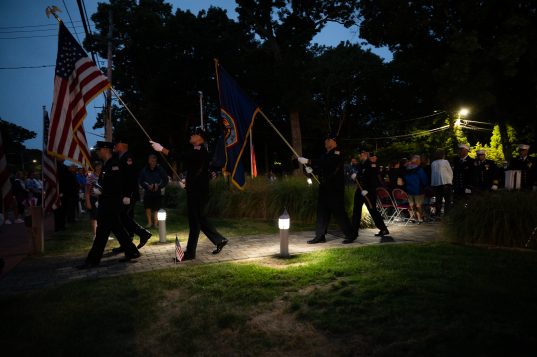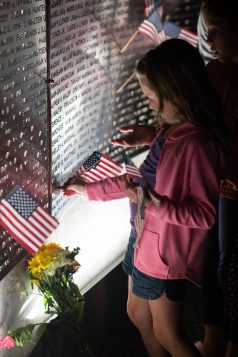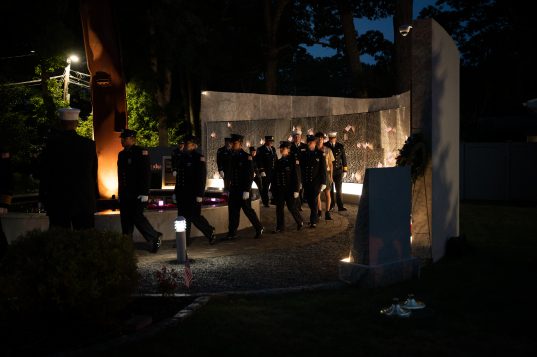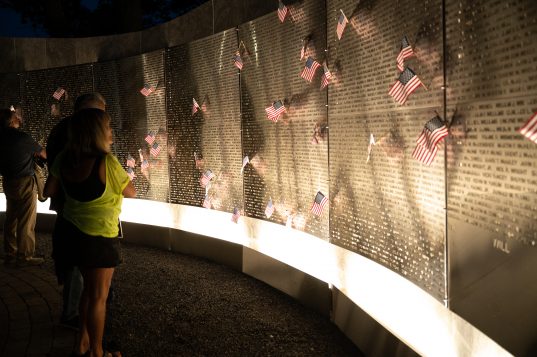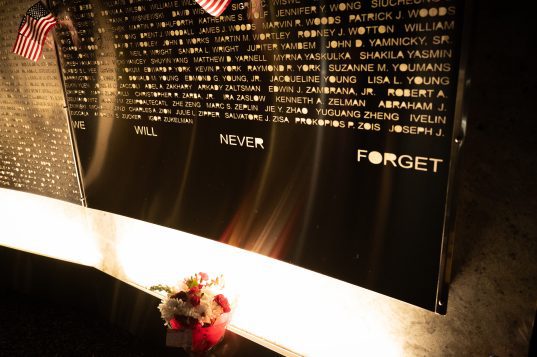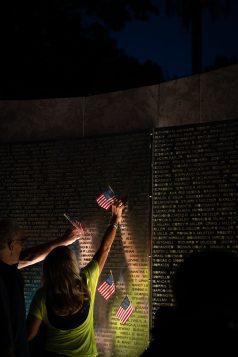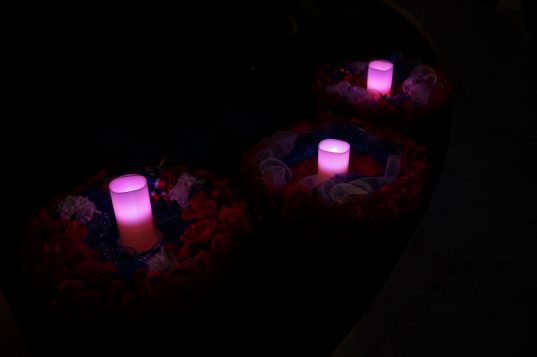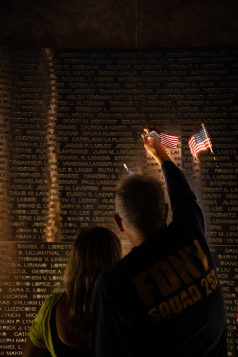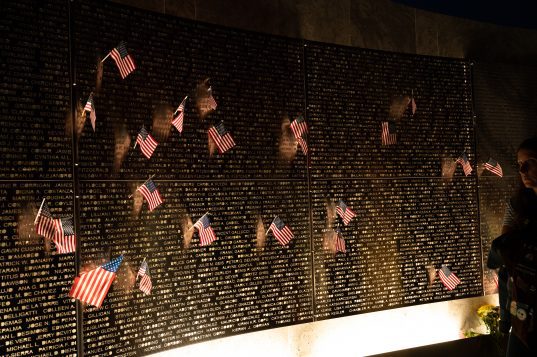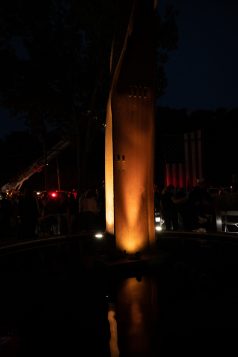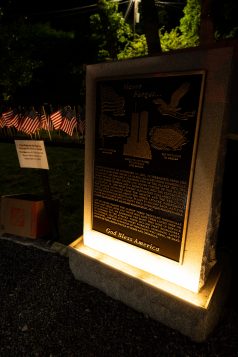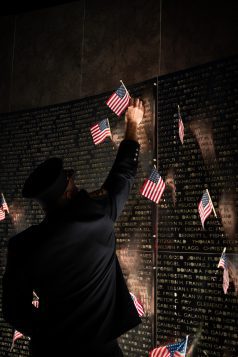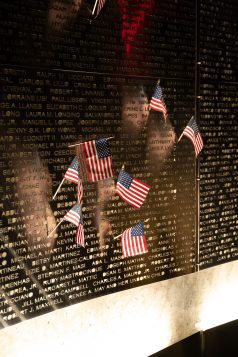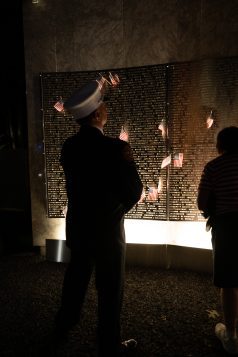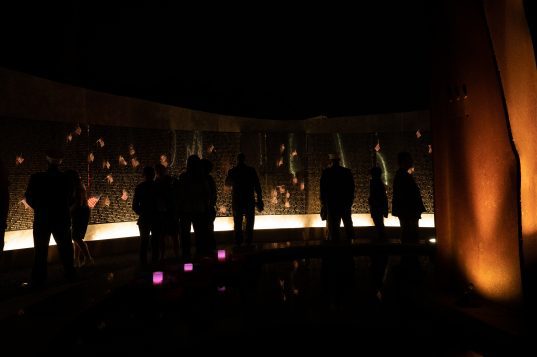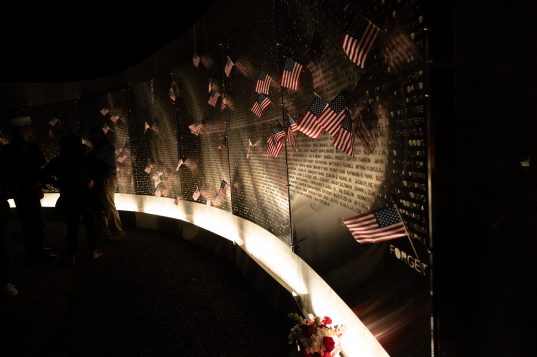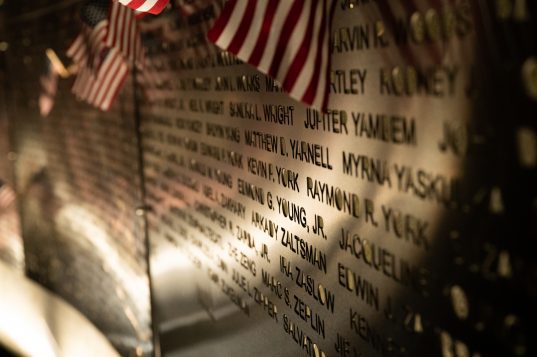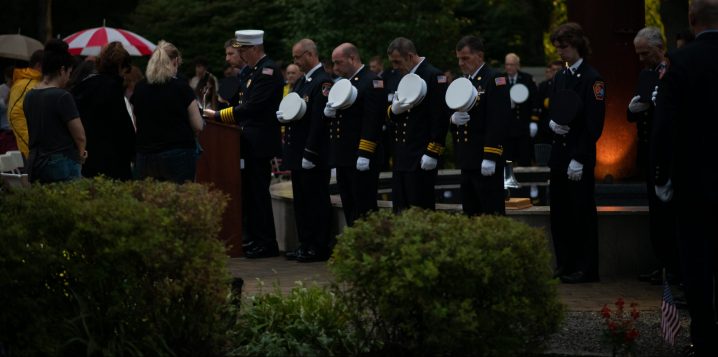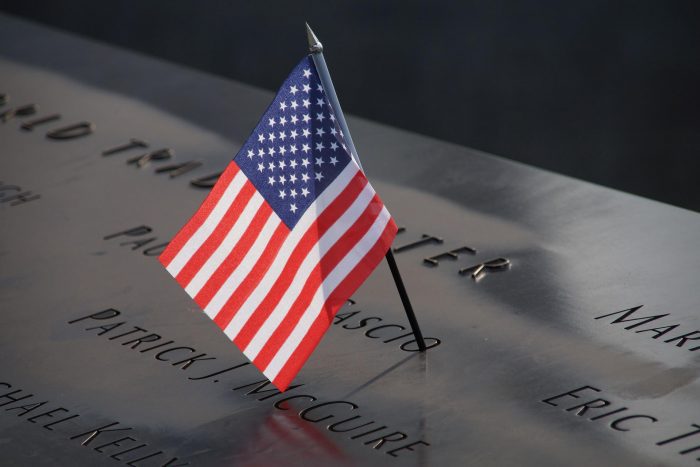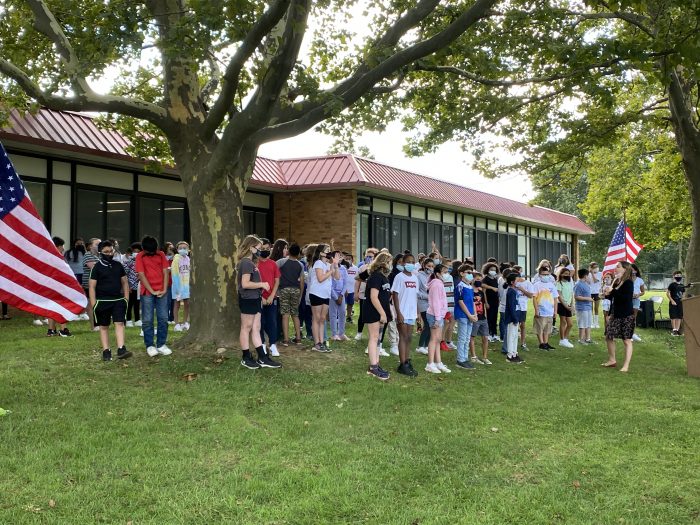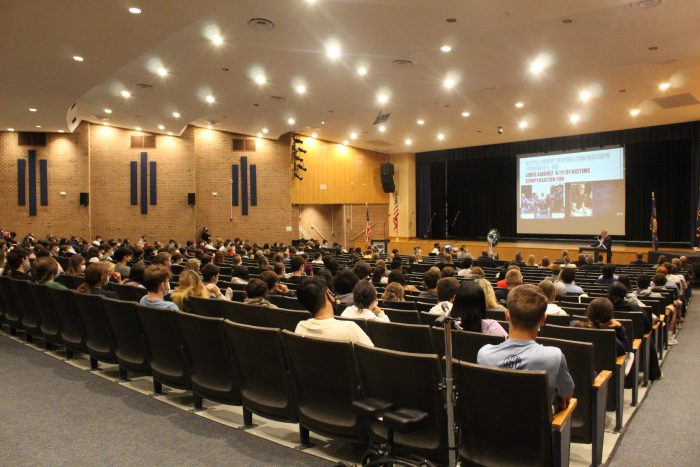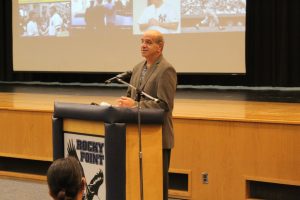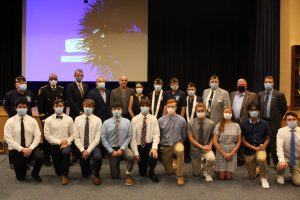By Daniel Dunaief
Sean Clouston takes some time to reflect each year around this time.

A professor in the Department of Family, Population and Preventive Medicine in the Program in Public Health at Stony Brook University, Clouston studies the long term implications of the exposure and experiences of first responders after the attacks on the World Trade Center.
Clouston, who published research this summer that chronicled the higher rates of dementia among first responders in the years after the attack, spoke exclusively with the Times Beacon Record Newspapers about the work he does and the interactions he’s had with people who were in harm’s way in the days and weeks after the terrorist attacks.
Each September 11th is a “quiet day,” Clouston said, as he takes time to remember those lost and reflect on those who are continuing to deal with the health consequences of being there.
Clouston recalls thinking about how the attacks shaped the way he thought about what he should be doing with his life.
In the work he’s done in monitoring the role of long-duration exposures at the World Trade Center on neurological health of responders to the events following the Sept. 11 attacks, Clouston has interacted with survivors, spouses, and families, receiving regular updates.
“It’s a pretty big part of my everyday social network,” Clouston said.
 He’s heard numerous stories from a day in which the comfortable, clear air provided an incongruous backdrop for the mass murders. He has heard about people who were blown out of the buiding amid a combustible blast and about how difficult it is to put out a cesium fire.
He’s heard numerous stories from a day in which the comfortable, clear air provided an incongruous backdrop for the mass murders. He has heard about people who were blown out of the buiding amid a combustible blast and about how difficult it is to put out a cesium fire.
“There were definitelly so many different stories that speak to me,” Clouston said.
As someone who studies the outcomes of severe or early life challenges, Clouston is aware of how the traumatic events of that day reoccur for so many people, as they reexperience the moments that sometimes haunt their dreams and that can continue to affect them physically and cognitively.
People generally consider post traumatic stress as a “fairly short condition” where someone has it “immediately after an event and it kind of goes away,” Clouston said.
For first responders, however, “that’s not true. They are dealing with it for years or decades after the traumatic event.”
Indeed, first responders not only feel the effects of the physical and emotional trauma, but the experience affects their body chemistry and “changes how their immune system reacts.”
Researchers can see how it “wears away at the body over the years and over the decades,’ Clouston added.
The study of post traumatic stress allows him to focus on and understand the link between the mind and the body.
How can people help?
Clouston suggested that people who want to help first responders need to start by recognizing the specific challenges each person may be facing.
“What you do depends a lot on who the person is and what they remember and what they’re struggling with,” said Clouston.
Sept. 11th each year can be a hard time, as people confront painful memories.
People can help others by “being available to listen,” he suggested. Try to understand “why it affects them and how.”
Therapists can help, as can doctor-prescribed medications.
First responders may feel angry, which people don’t always anticipate feeling.
In his research, Clouston focuses less on day-to-day changes and more on how their exposure and experience affects them in the longer term.
First responders can become physically weaker and slower, as they are less able to lift weights.
Cognitively, the effect of the experience has also been significant.
Earlier this year, Clouston published a paper in which he found an “enormous difference” between people with minimal exposure to dust and other particulates at the World Trade Center site compared to those who were more heavily exposed, he said.
“The incidence of dementia is building on prior work showing that the longer you were on site, the more likely responders were to have slowed down cognitive function in general,” he added.
Future questions
Clouston and his colleagues are hoping to understand what disease is affecting first responders. They are unsure whether it’s a form of dementia related to other conditions or whether it’s unique to this group and this exposure.
They are hoping to explore whether people who were on site have anything in their blood that is a measure of exposure, such as chemicals or metals.
First responders don’t all need care now, but one of the goals of the research is to make sure scientists and doctors are “on top of what is really happening” as they prepare to provide any necessary help in future years.
People develop diseases when three things occur: a noxious or toxic element or viral particle exists, they are exposed to it, and people are vulnerable to its effects.
Researchers are working to understand the level of exposure and different levels of vulnerability.
Clouston also highlighted the connection between the immune system and tau proteins, which can trigger dementia in Alzheimer’s and which can spread throughout the brain.
Researchers have been exploring how some immune systems might spread these proteins, while other immune systems trigger a slower spread and, potentially, fewer and less severe symptoms.
In theory, scientists could learn from the immune system that causes a slower spread, although “we’re years away from doing anything like that,” he said.
Alternatiely, researchers and pharmaceutical companies are working on ways to remove these proteins.
“You can fight fires in two ways,” he said.
Stony Brook has been considering “those ideas. To get there, we have to first understand excatly where are we and what is the problem,” he said. “That’s where we really are for the next couple of years.”
As for his interaction with first responders, Clouston has been inspired by the way the first responder community has rallied around people who are struggling with physical and cognitive challenges.
He recalled a firefighter who was struggling with age-related conditions.
“His fellow firefighters came together and built in some lifts and ramps to help him and his spouse get around the house and use the bathroom,” he said. “Moments like that are really touching.”


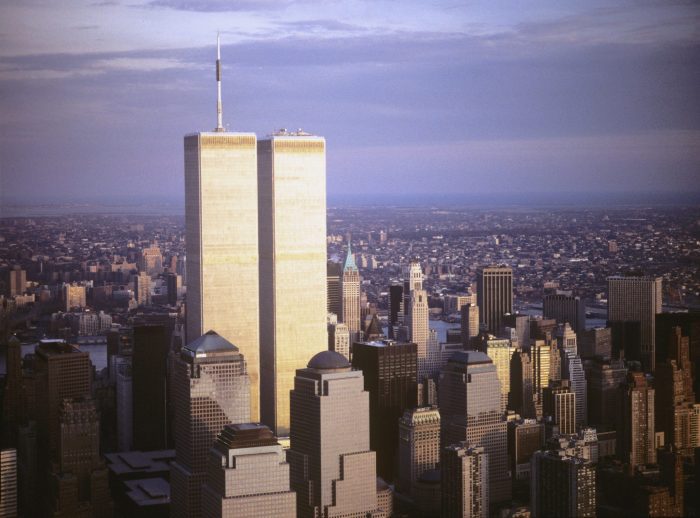
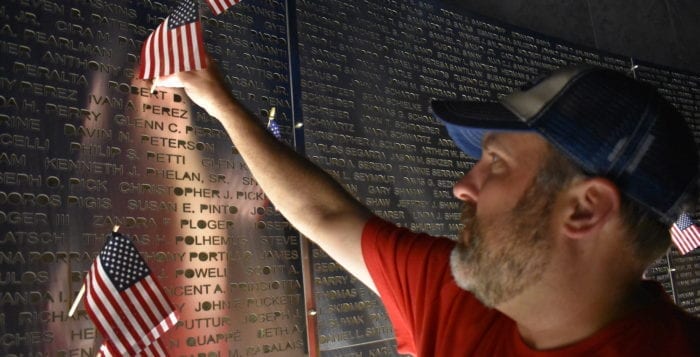

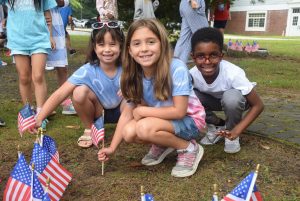
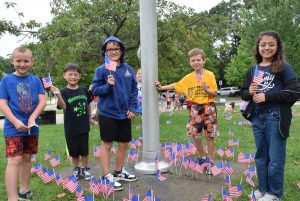
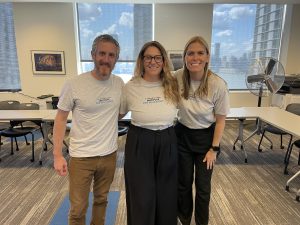
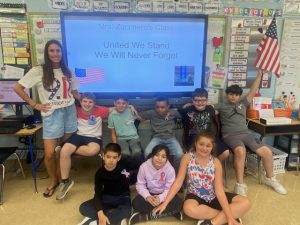
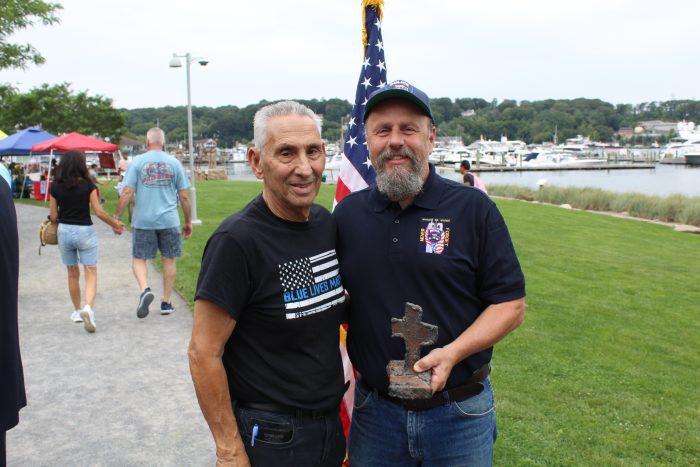
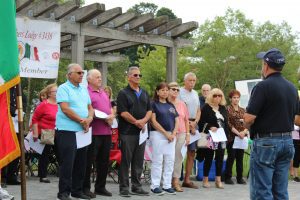 Anthony Rotoli Jr., president of the lodge, explained the intent of the memorial service. For lodge members, it is an annual reminder of the sacrifices and heroism of first responders who risked their lives in the line of duty. It is also a way to honor the many lost on that fateful occasion.
Anthony Rotoli Jr., president of the lodge, explained the intent of the memorial service. For lodge members, it is an annual reminder of the sacrifices and heroism of first responders who risked their lives in the line of duty. It is also a way to honor the many lost on that fateful occasion. 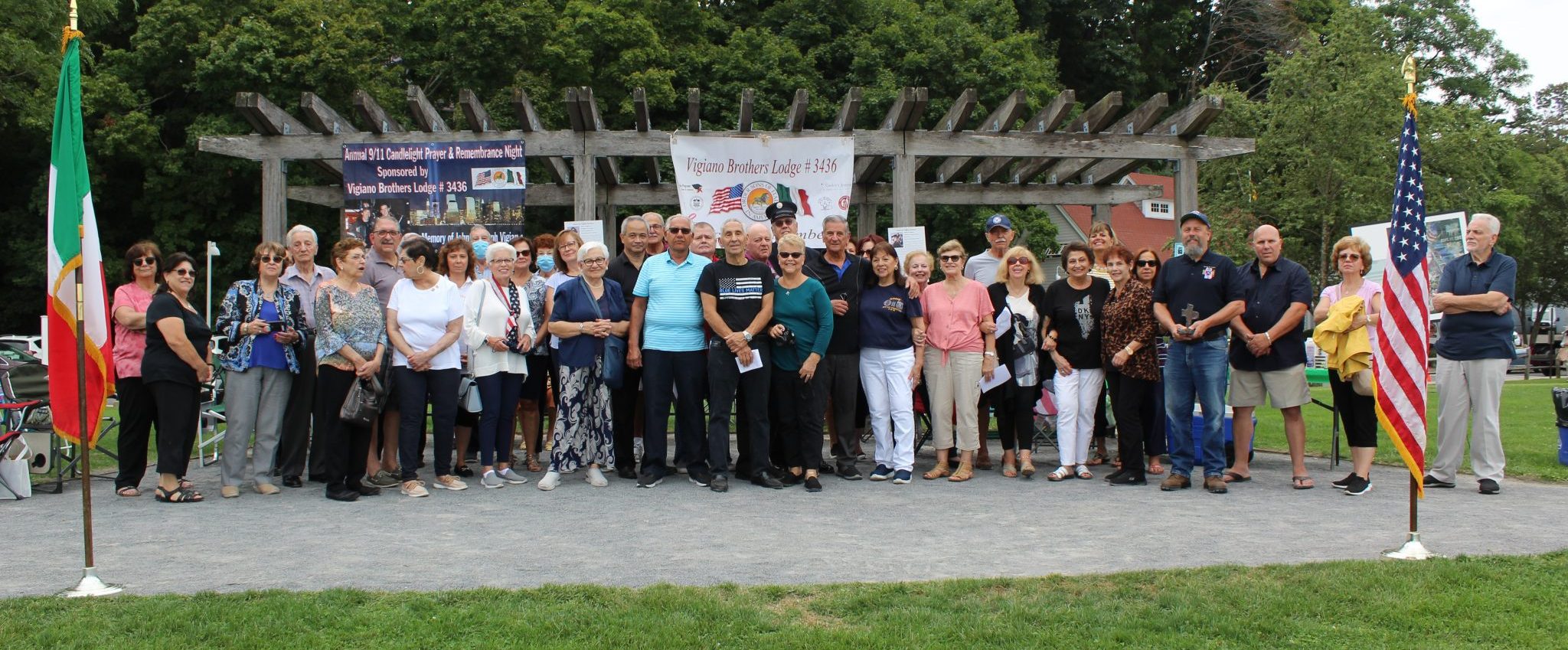 Larry Johnston, one of the attendees, served with Joseph Vigiano as a patrol officer. He remembers Joseph’s dedication to his profession and his commitment to public service.
Larry Johnston, one of the attendees, served with Joseph Vigiano as a patrol officer. He remembers Joseph’s dedication to his profession and his commitment to public service.